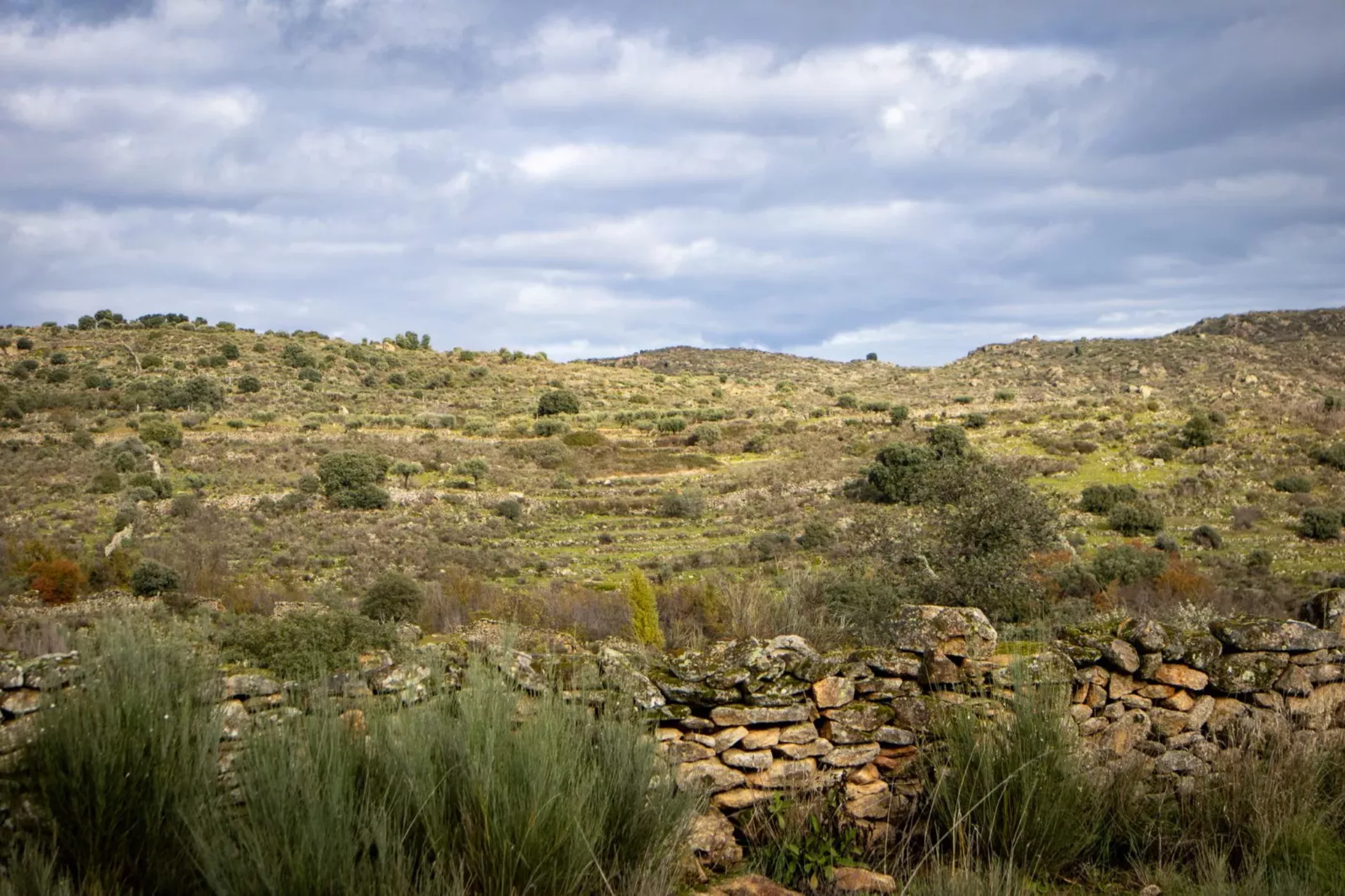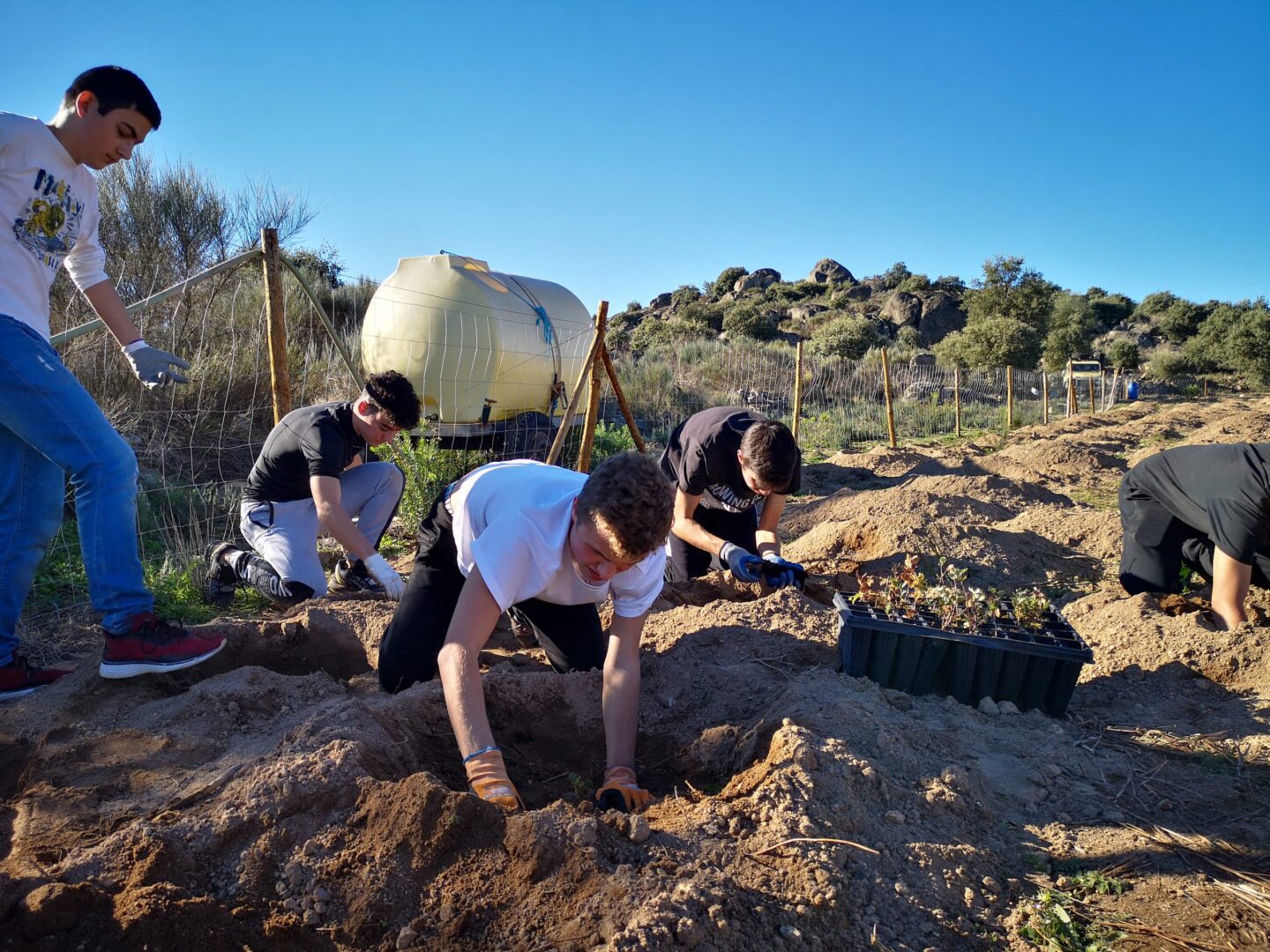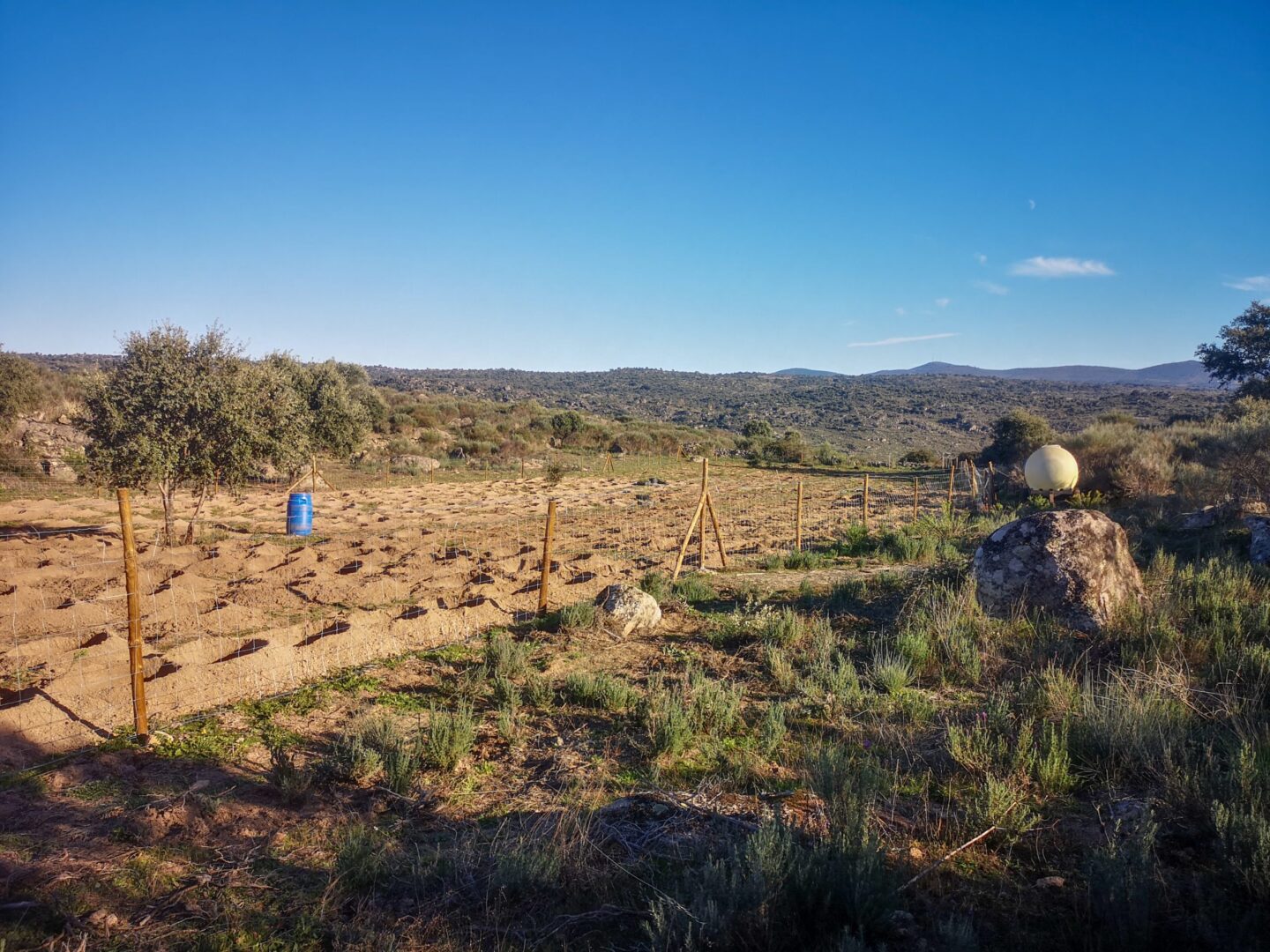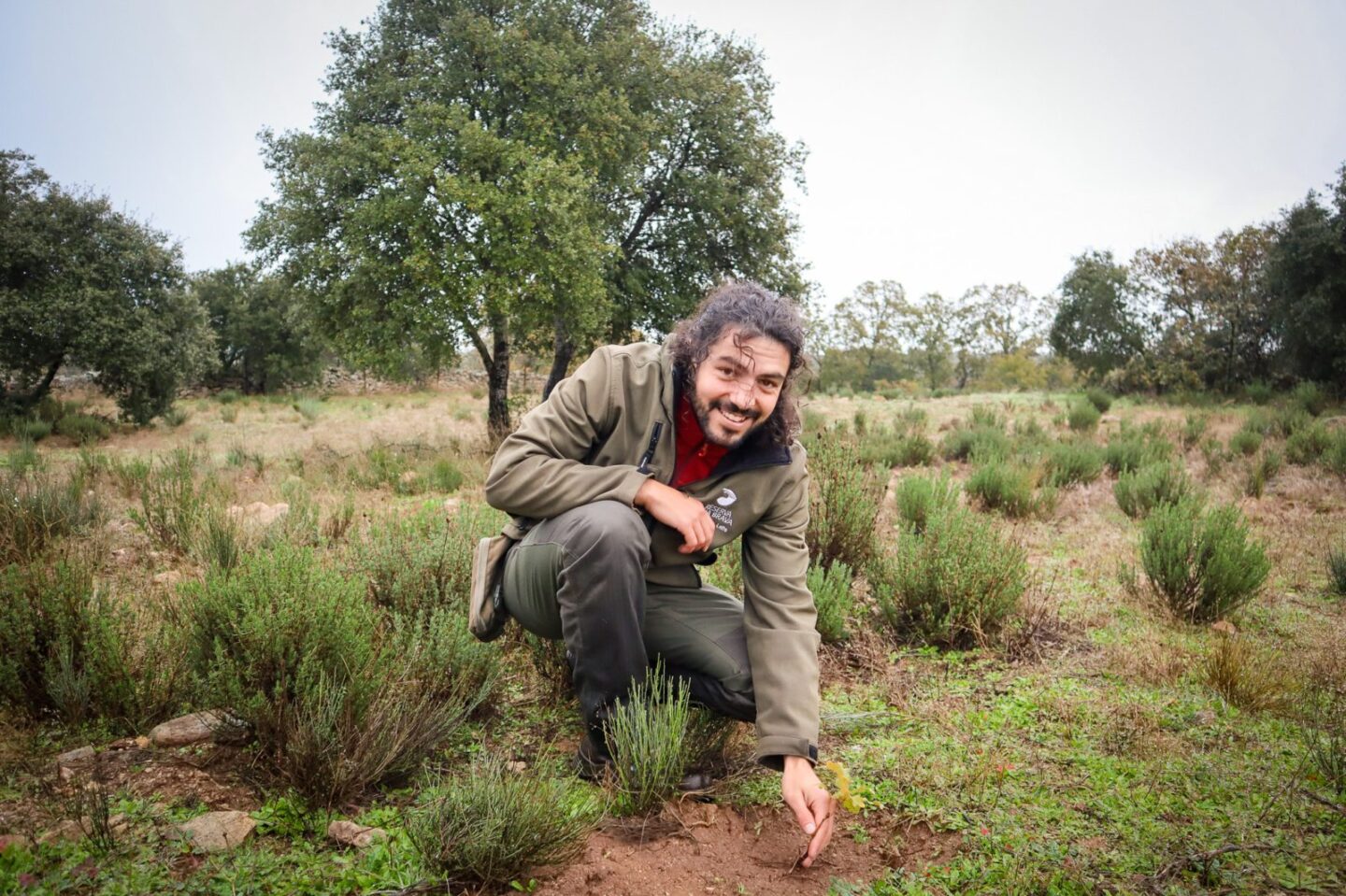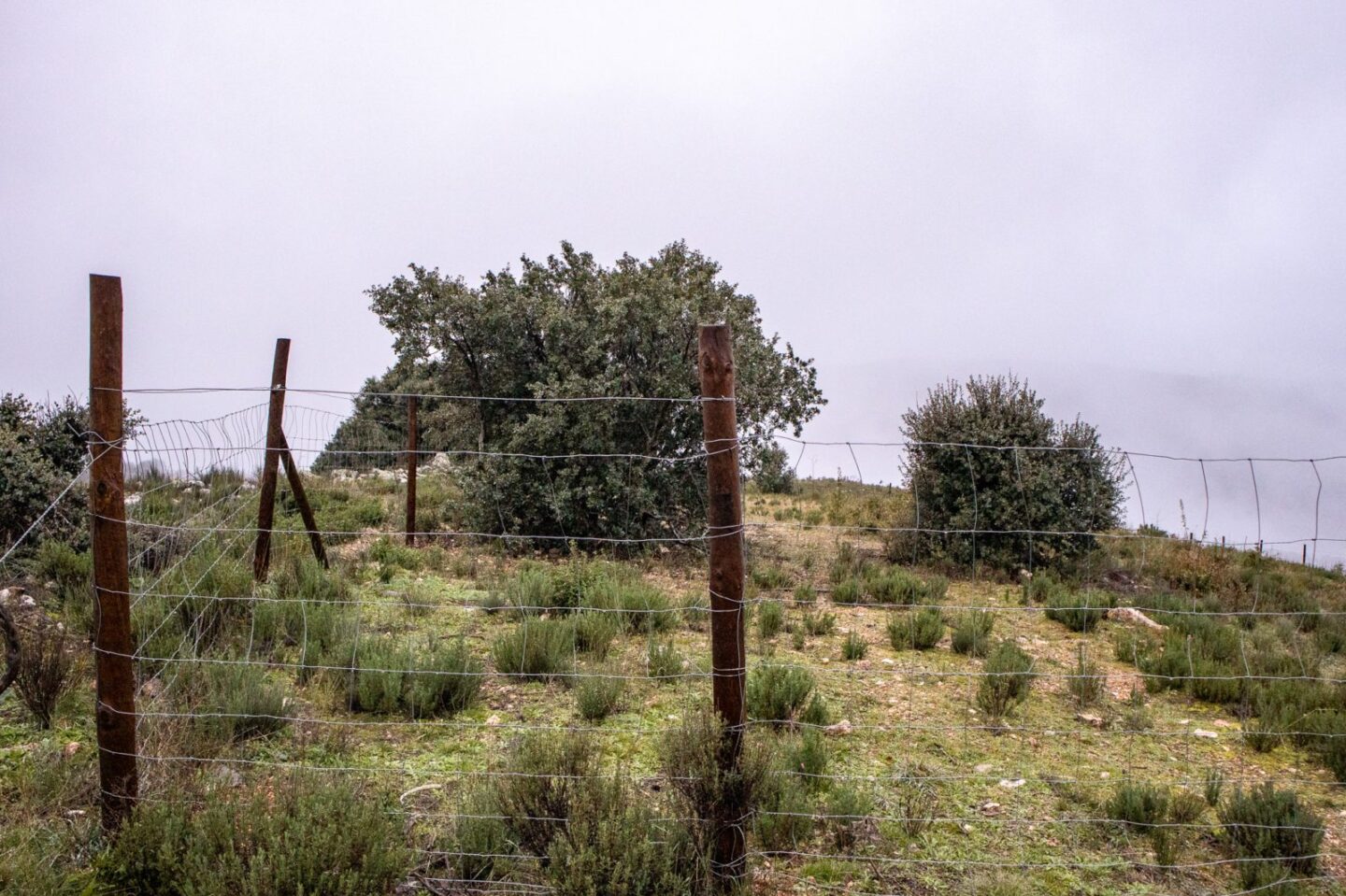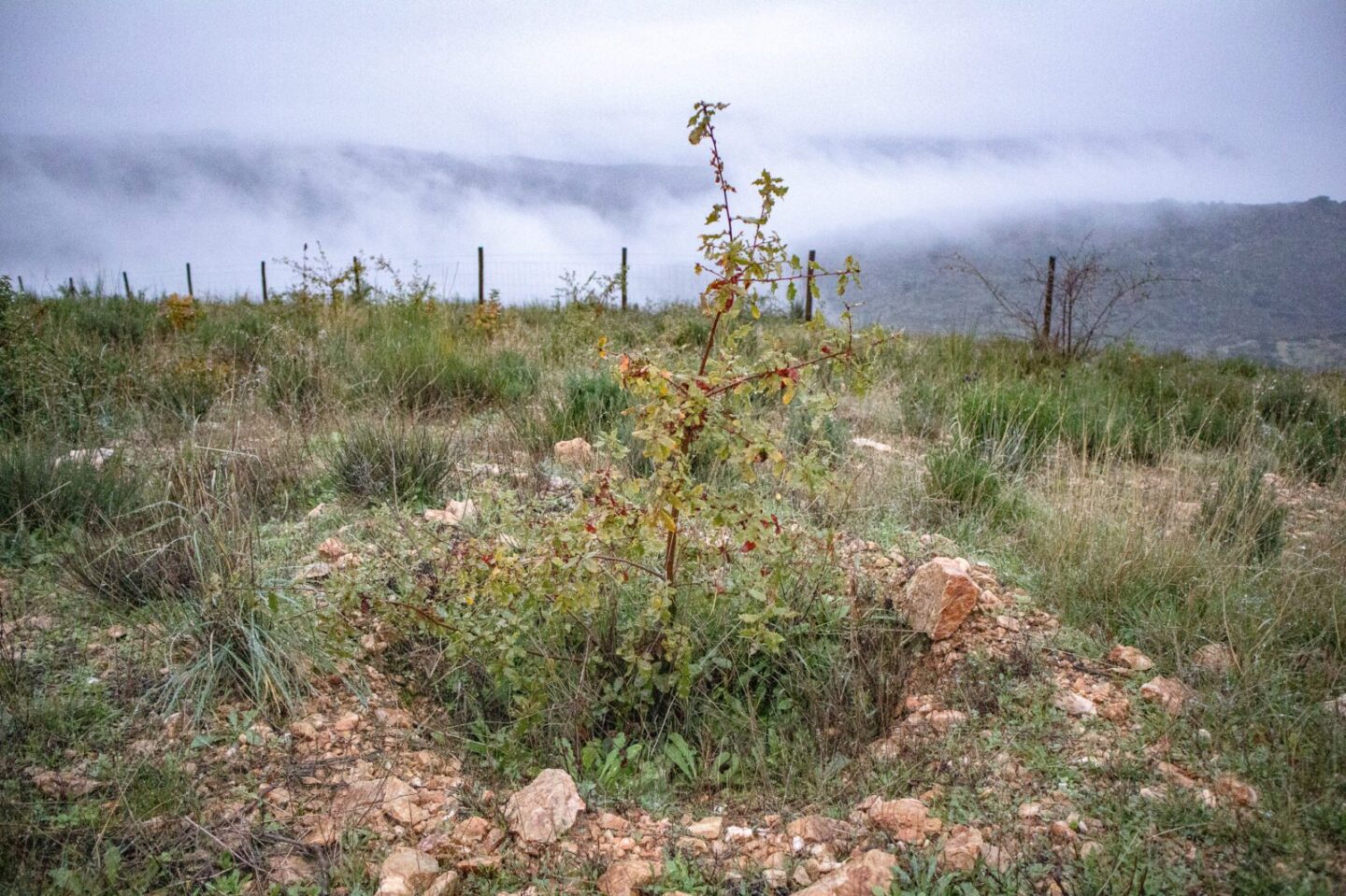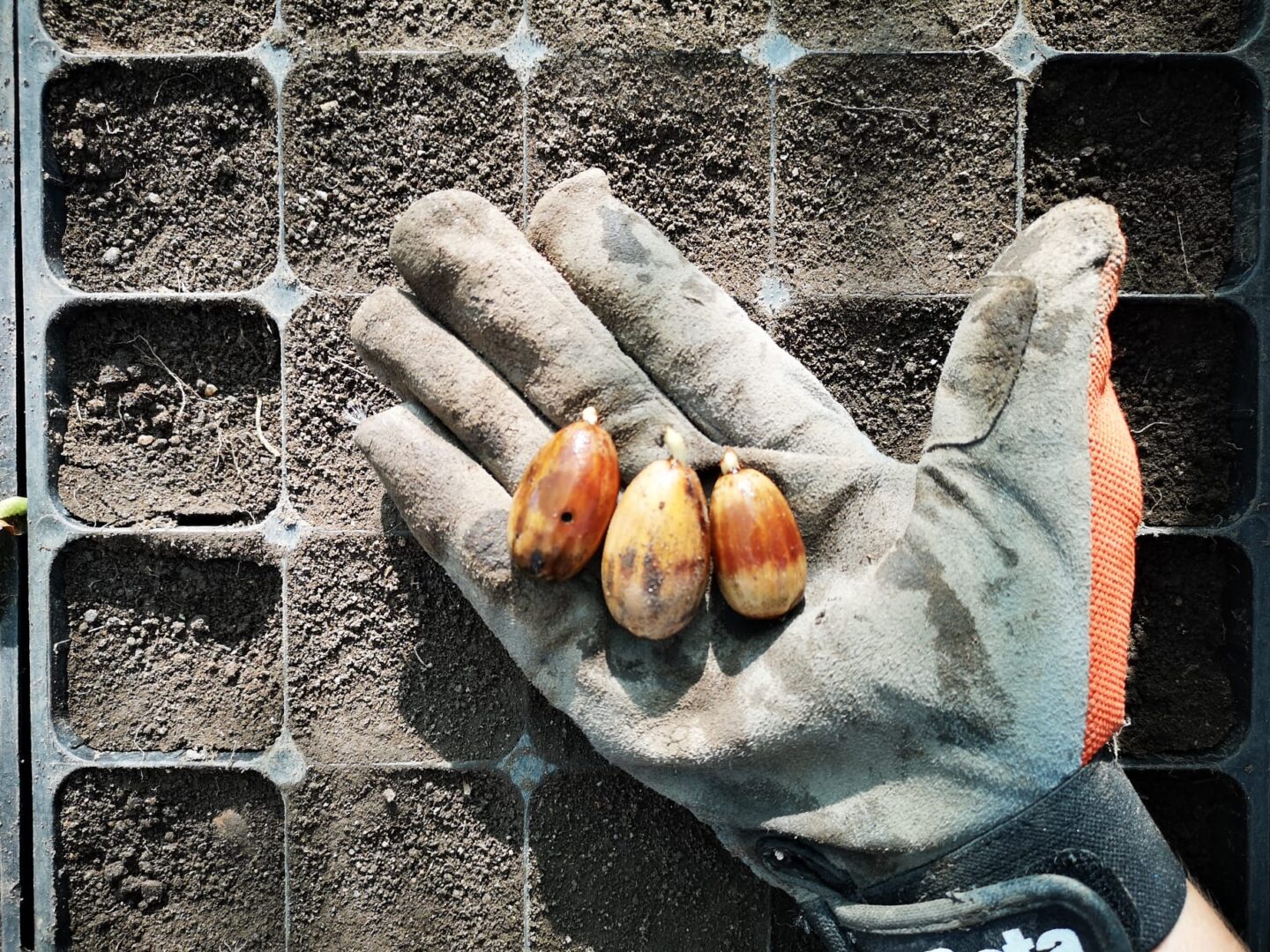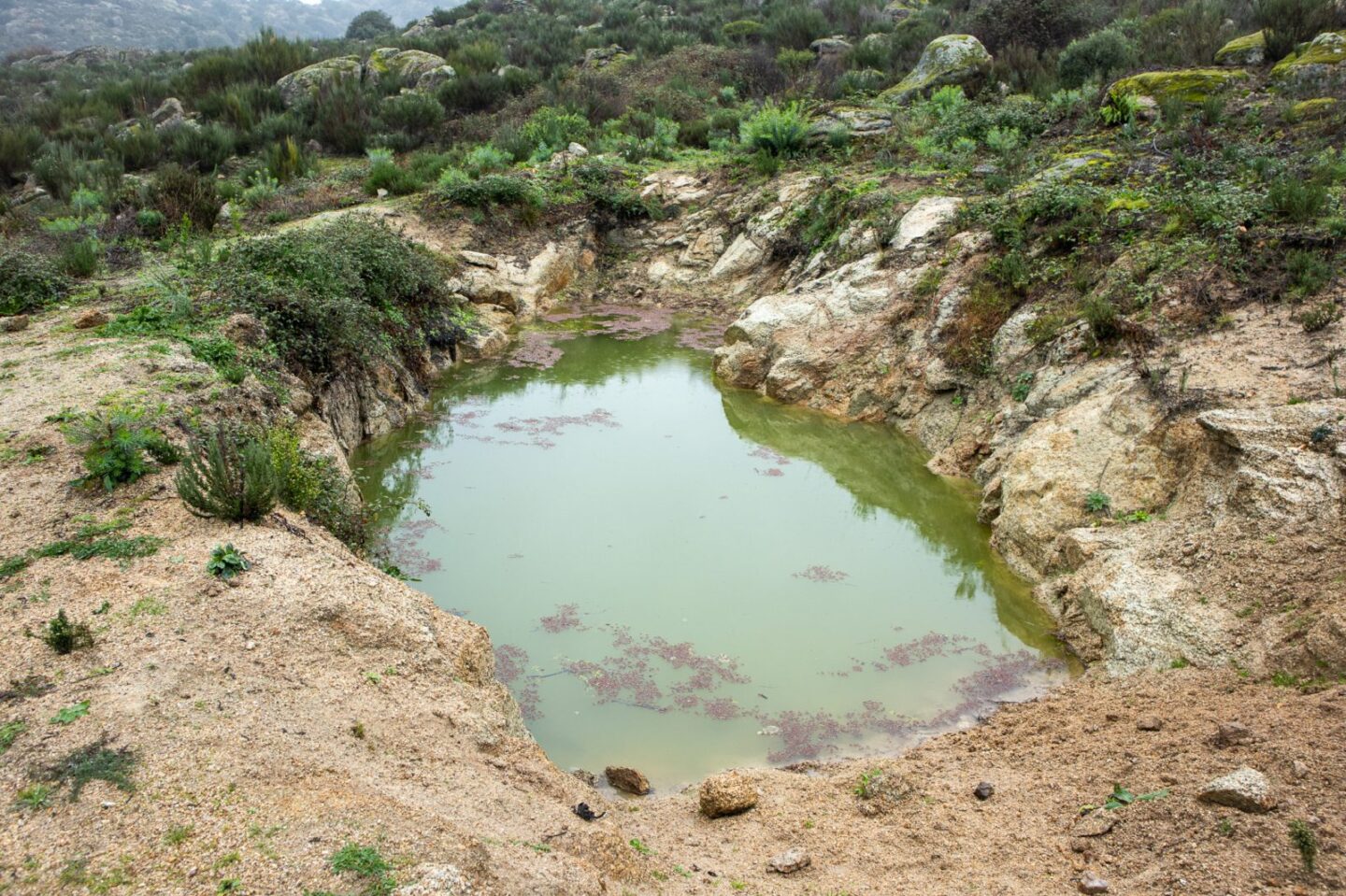What makes landscape restoration in Portugal necessary?
Through the ages, the area which Faia Bra reserve is part of, has changed from a landscape rich in nature into a monotonous plain. Many of its original trees and shrubs have disappeared, as a result of agriculture and sheep farming. This has caused the soil to deteriorate and dry out and new nature to develop only slowly. And this leaves its obvious effects on the climate, biodiversity and people in the region.
Thus the area gets drier and drier, increasing the risk of wild fires and desertification. And less habitat remains for animals originally belonging to Faia Brava, such as the Iberian lynx and birds of prey, such as the Egyptian vulture and Bonelli’s eagle. The lack of fertile soil offers local farmers less ands less perspective to stay in the area.
Plenty of reasons, therefore, to bring about some change and re-create variation in the landscape!
